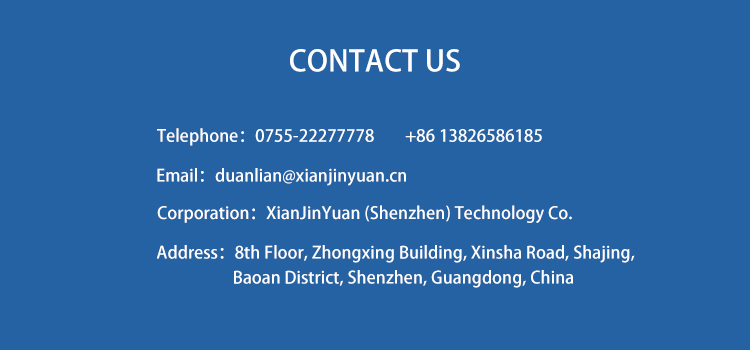Polyimide filmPolyimide Film is the world's best performing thin film insulation material, formed by the condensation and casting of phthalic anhydride (PMDA) and diaminodiphenyl ether (ODA) in a strongly polar solvent, followed by imidization.
Polyimide has the highest heat resistance among the industrialized polymer materials, and is widely used in high-tech fields as film, coating, plastic, composite material, adhesive, foam plastic, fiber, separation film, liquid crystal alignment agent, photoresist, etc. In the late 1960s, China was able to produce polyimide films in small quantities, which have been widely used in various fields such as aviation, navigation, spacecraft, rocket missiles, atomic energy, and electronic and electrical industries.
Including two types of polyimide films: homopolymer polyimide film and biphenyl polyimide film. The former is a product of DuPont in the United States, with the trade name Kapton, made from phthalic anhydride and diphenyl ether diamine. The latter is produced by Ube Industries, Ltd. in Japan, under the trade name Upilex, and is made from phthalic anhydride and diphenyl ether diamine (R type) or meta phenylenediamine (S type).
Advantages of Polyimide
(1) Excellent heat resistance. The decomposition temperature of polyimide generally exceeds 500 ℃, sometimes even higher, making it one of the most thermally stable organic polymers known, mainly due to the presence of a large number of aromatic rings in the molecular chain.
(2) Excellent mechanical performance. The tensile strength of unreinforced matrix materials is above 100MPa. The tensile strength of Kapton film prepared with maleic anhydride is 170 MPa, while that of biphenyl polyimide (Upilex S) can reach 400 MPa. The elastic modulus of polyimide fiber can reach 500MPa, second only to carbon fiber.
(3) Good chemical stability and moisture resistance. Polyimide materials are generally insoluble in organic solvents and resistant to corrosion and hydrolysis. Changing molecular design can result in varieties with different structures. Some varieties can withstand boiling at 2 atmospheres, 120 ℃ for 500 hours.
(4) Good radiation resistance performance. The strength of polyimide film remained at 86% after being irradiated with a dose of 5 × 10 ^ 9 rad; Some polyimide fibers maintain a strength retention rate of 90% after exposure to 1 × 1010rad fast electron radiation.
(5) Good dielectric properties. The dielectric constant is less than 3.5. If fluorine atoms are introduced into the molecular chain, the dielectric constant can be reduced to around 2.5, the dielectric loss is 10, the dielectric strength is 100 to 300 kV/mm, and the volume resistance is 1015-17 Ω· cm. Therefore, the synthesis of fluorinated polyimide materials is a popular research field.
The above performance is stable over a wide temperature and frequency range. In addition, polyimide also has characteristics such as low temperature resistance, low coefficient of expansion, flame retardancy, and good biocompatibility. Polyimide has excellent comprehensive properties and diverse synthetic chemistry, which can be widely used in various fields.




